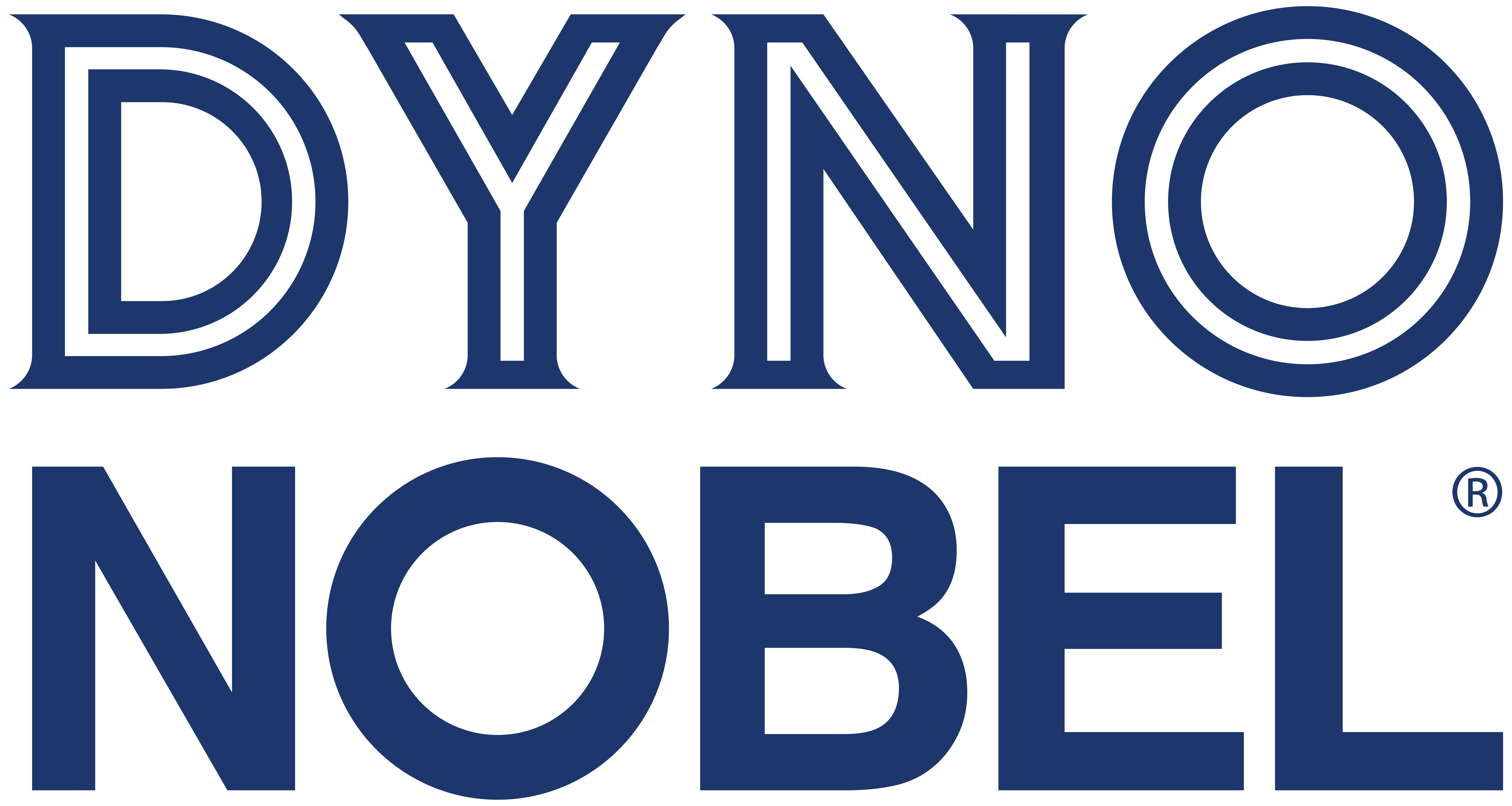Our world record breaking DigiShot® Plus.4G electronic initiation system just got better with the addition of Differential GPS (DGPS).
Introducing Differential GPS
Dyno Nobel has developed the industry’s first, semi-autonomous tagging and hole identification method using a Differential Global Positioning System (DGPS) which may help surface mining customers to:
- eliminate potential for human error,
- reduce labour costs,
- speed up the blasting process and
- integrate into completely autonomous (robotic) deployment and tagging in future.
Paired with DigShot Plus.4G, the industry's most advanced electronic initiation system, DGPS technology offers high accuracy by identifying blastholes within one metre of their exact location. This revolutionises the deployment and tagging of detonators, with the potential to positively impact overall mining outcomes.
What's the DGPS Difference?
Normal GPS
GPS provides a position of an object on earth using signals generated by satellites with standalone receivers. The location is directly calculated and prone to satellite orbit, multi-path and clock errors. As a result, GPS can only provide accuracy of 10 - 15 meters. Therefore, normal GPS accuracy is not suitable for blasthole positioning.
Differential GPS
The user-friendly DGPS is fully integrated with DigiShot Plus.4G's CE4 Tagger and Commander system to provide sub one-meter accuracy for accurate blast hole tagging/logging.
The DGPS accuracy is achieved by using a reference receiver (Commander) at a known (surveyed location) position that broadcast correction data to one or more rovers (Taggers). The rovers then adjust their ‘perception’ of where they are using the correction data from the reference station.
This ultimately reduces or eliminates signal degradation, resulting in improved accuracy.
DigiShot Plus.4G
The world's most advanced electronic initiation system.
Striving towards excellence in electronic initiation
Dyno Nobel's DigiShot Plus.4G initiation system is a market leader in advanced blasting technology ensuring the best blast, on time, every time. Originally launched in 2018, the system is well known across the globe for its ease of use resulting in fast deployment and programming, eliminating costly blast delays.
In December 2019, DigiShot Plus.4G broke the world record for the largest electronic blast using 8,144 detonators shown in the video below. Dyno Nobel also holds the most recent world record beating its previous record by safely firing more than 12,500 DigiShot Plus.4G detonators in 2020.
Watch the first world record breaking video
Watch the first world record breaking video
Key Features
- Fast and simple “tag by plan” deployment method.
- Automatic tagger verification that detonators per channel are within design capacity.
- Detonator energy monitoring right up to the point of blasting.
- Autonomous detection and testing of detonators.
- Programming speed is 7 times faster than existing systems.
- Blasting process wirelessly controlled through the multipurpose CE4 Tagger.
- On-bench detonator hole position simplified with the GPS location of the detonator stored in the CE4 Tagger.
- Allows for 10 ViewShot® plans to be stored on the CE4 Tagger.
- Maximum wire length per channel 16,000 m (400 dets per channel at 40m).
Product Information and Resources
- Download the digital brochure
- Download the Technical Data Sheet (TDS)
- Read BHP's release: "Caval Ridge sets world record for largest electronic blast"
- Read Mining-Technology's article: "BMA completes electronic blasting at Australian Caval Ridge coal mine"
- Read Australian Mining's article: "BHP claims world’s largest electronic blasting title"
